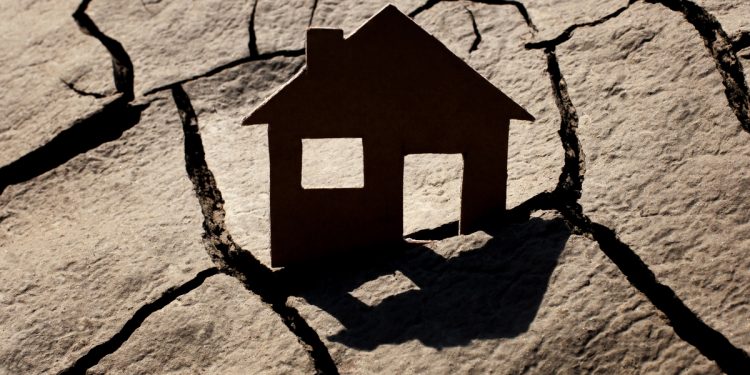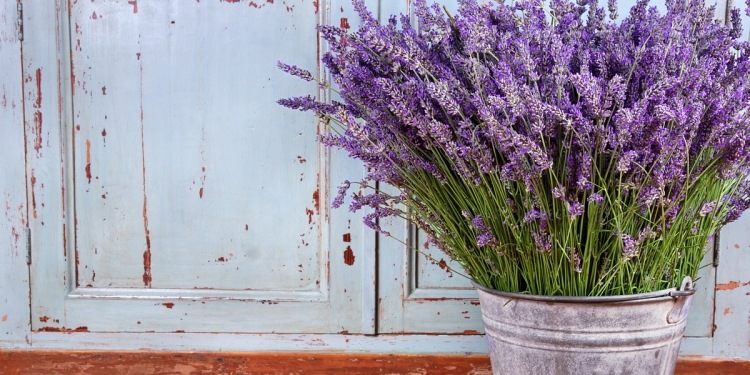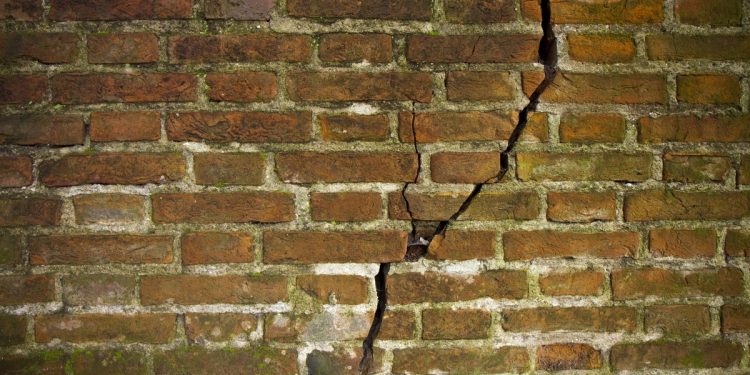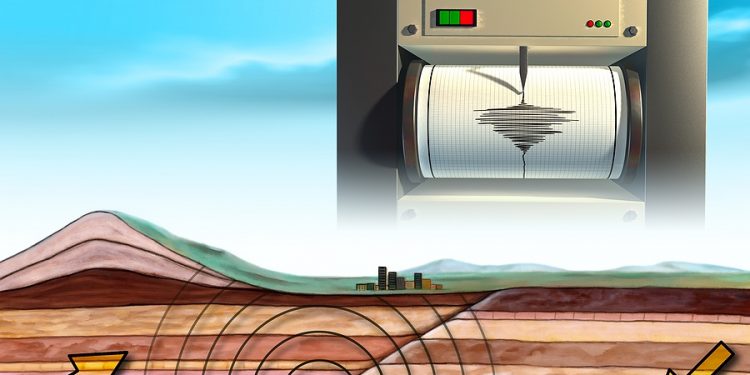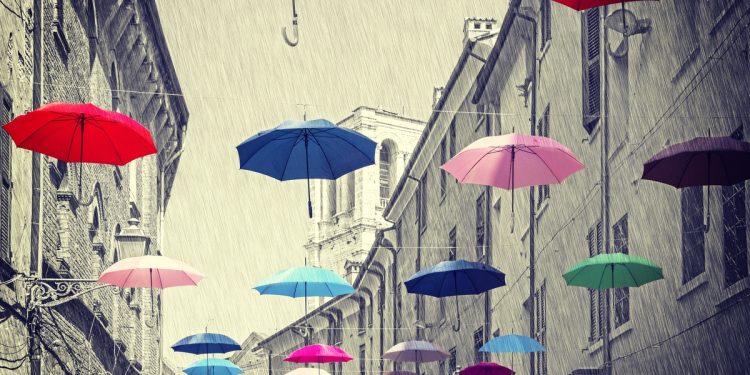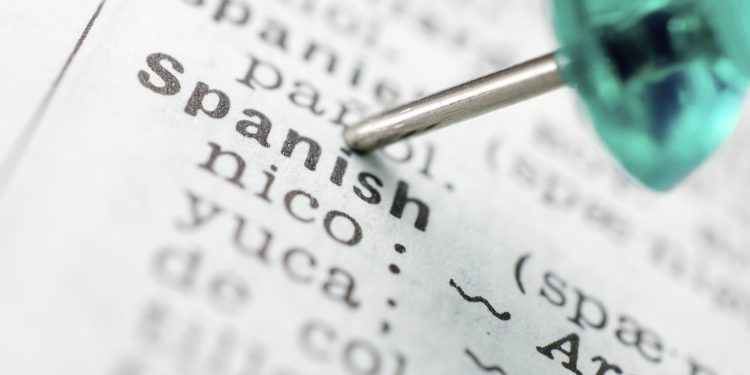The two powerful earthquakes which came to pass in Mexico during September 2017 are a salient reminder that Mexico is a land susceptible to seismic events.
It’s therefore sensible to take some time to review the composition of your habitat and living spaces to help mitigate the risk of damage and injury that may occur during an earthquake, making your situations easier to cope with in the aftermath of a strong seismic event.
Effects of earthquakes on your property
Weak earthquakes may not be felt, or cause a gentle sway with little or no discernible impact on objects or the structure of your home. Stronger earthquakes can cause a wide variety of hazards, including:
- hung objects falling from walls and ceilings;
- furniture and other household items can fall or fly across a room;
- food pantries, crockery storage and other cupboards may be affected as shelving or items stored on the shelves fall;
- mirrors and glass can break causing dangerous shards and splinters;
- tiles, fixtures, and fittings can become loose and/or fall;
- live electricity wires may become exposed;
- gas pipes can break, causing a fire or explosion;
- water pipes can burst, causing the house to flood;
- utilities like electricity, telephone (internet), water, and gas may be cut-off;
- swimming pools may crack open and leak;
- strong quakes can cause buildings to move-off their foundations and collapse.
Earthquake insurance
You can insure your Mexican property and its contents against natural disasters, including earthquake damage—and better policies also cover the costs of temporary alternative accommodation if your home becomes uninhabitable.
If you already have a home cover insurance policy, double-check the renewal date and that the policy specifically covers your home for earthquake damage, as not all policies are comprehensive. You can learn about protecting your house and its contents on our detailed guide to insuring your home in Mexico.
Get a quote and arrange your home coverage now
You can get an online quote and coverage for your home in Mexico (whether you own or rent) in minutes with our home insurance associate, MexPro.
Quote and coverage: Get an instant quote and arrange instant coverage online
Preparing your habitat for earthquakes
Some forethought and planning around your home situations can make a material difference when a strong earthquake strikes. Most earthquake-related injuries and casualties occur when people fall trying to run during the shaking; are hit by falling objects or debris; and/or when they are struck by collapsing walls or buildings. Considering how your habitat is furnished and arranged, and what impact an earthquake would have on the objects inside of it, can help you to mitigate damage and injury.
Bedrooms
Earthquakes can happen at any time, and it’s possible that you’ll experience an earthquake overnight while you’re in bed. Situate your bed away from glass and don’t hang heavy pictures/frames or mirrors above the bed; consider also what you may have attached to or hanging from the ceiling above the bed.
Children’s rooms
If you have children, carefully review their bedroom spaces for potentially hazardous fixtures, fittings, and toys that might fall and cause injury during an earthquake. If you have children’s play areas in your home, check that any heavy items that could tip or fall are securely fastened, and cross check outdoor play areas (like tree houses) to mitigate the risk of heavy objects falling onto the children in the event that they are playing there when an earthquake happens. Be mindful that mirrors and other glassware can fall and/or crack and break; consider relocating any hazardous objects away from children’s bedrooms and other play areas.
Tall and/or heavy furniture
Book-cases, wardrobes, and other heavy furniture which appeared solid and stable when you placed it can fall effortlessly during a strong earthquake—and can pose a lethal risk if they fall on you or block vital exits.
Review the current placement of heavy furniture in your home, and screw large pieces to the wall using metal brackets designed for this; consider also how falling pieces could block your evacuation route and make changes as necessary. Packed boxes, stored baggage, and other stowed heavy items should ideally be kept in defined storage spaces, or low-down, so that they don’t cause a falling hazard.
Fixtures and fittings
Review your home’s fixtures and fittings and consider how they may behave in the event of an earthquake.
Picture frames and wall art: Picture frames (especially those framed using glass) and mirrors should be securely fastened to walls using double-hooks, and mirrors especially can benefit from additional fastening with putty (mastique).
Shelving, cupboards and storage units: If you have floor-based shelving or cupboards that store heavy items, for example, in food pantries, crockery storage, laundry areas, tool sheds, etc. it’s wise to ensure that the shelving, cupboard or other storage units are securely screwed to the walls. When an earthquake comes, these types of units can become unstable and fall over. Replacing the items could be costly, and if someone is nearby them when the quake comes, units laden with heavy objects could fall on top of people. It’s prudent to avoid storing heavy objects on open shelves near frequently used work or transit areas.
Overhead hanging objects: Overhead lamps and chandeliers should be routinely checked to ensure that they remain securely anchored, especially in older properties where the wood or cement ceilings they are attached to may be in a state of decay. If you have a heavy (e.g. iron) chandelier over/near a bed or other space where people rest or meet (e.g. a dining table or desk), ensure it’s very well secured, or consider relocating or removing it.
Bookshelves and other storage: If you have heavily laden bookshelves, don’t place these too near any beds or other resting places, nor along key exit routes, even if they are fastened to the wall. Heavy cabinets ought to be fastened to the wall if they are in a space near where people work or sit, or near doors or exit routes. Consider installing latches on high cupboard doors to prevent objects from falling out of them in the event of a quake.
Water heaters
Most water heaters in Mexico are gas-fired. Your water heater should be securely strapped to a strong load-bearing wall using appropriate brackets. Ensure you know how to switch-off the gas feed and water supplies. If you are (re)installing your home’s water heater, consider using modern flexible gas piping instead of metal pipework.
Get a quote and arrange your home coverage now
You can get an online quote and coverage for your home in Mexico (whether you own or rent) in minutes with our home insurance associate, MexPro.
Quote and coverage: Get an instant quote and arrange instant coverage online
Learn more about caring for and insuring your home in Mexico
Mexperience publishes extensive information to help you plan and care for your home life in Mexico through guides, articles and free eBooks:
- Further advice about how to plan and what to do during and after an earthquake is available online.
- Read our free guides about house maintenance and home security
- Latest articles about property insurance
- Articles about real estate in Mexico

